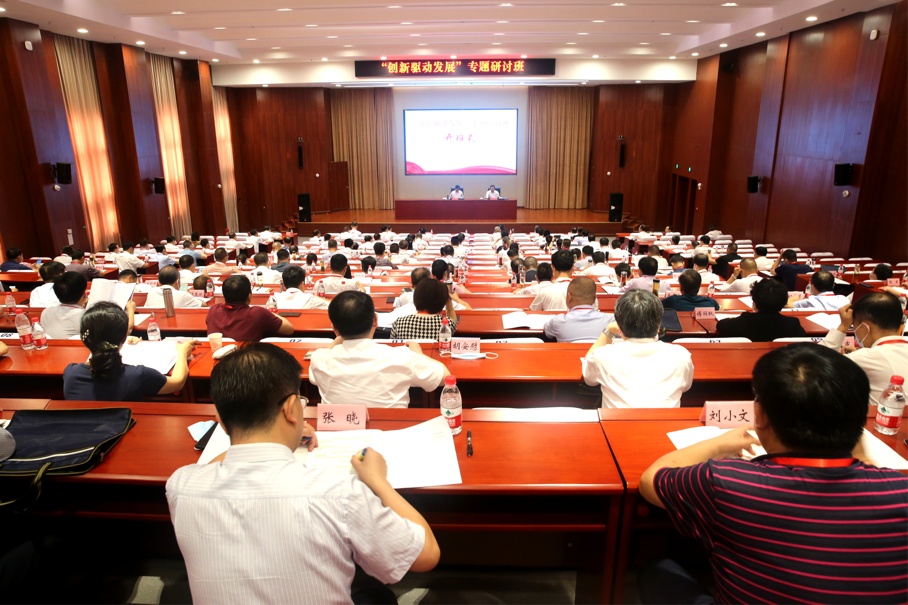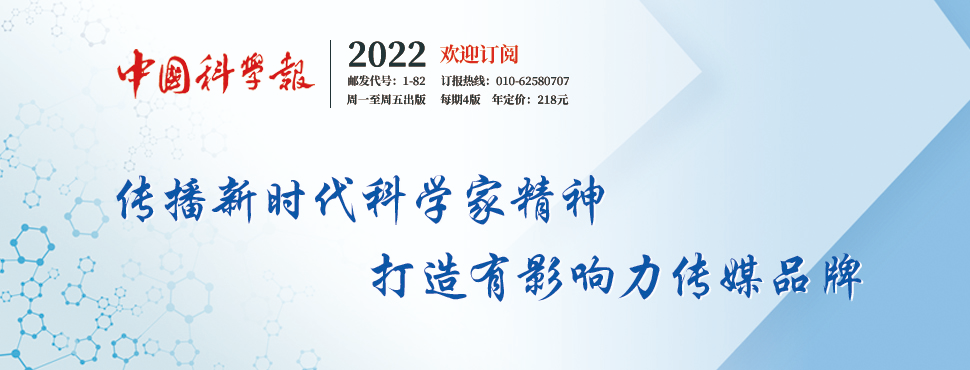The 100 billion "sugar -free" beverage market, wait for a healthier answer sheet
Author:New business comments Time:2022.09.21

According to the international authoritative market research agency Nielsen data, in the national offline retail market, all products of vitality forests include vapor beverages, tea, and functional beverage categories. In the first half of 2022, sales increased by 25%in the same period last year. A year -on -year increase of 17%.
Author/Wenlin
Produced/New Business Review
Recently, the Singapore government promulgated a new regulations, stating that it plans to use the Nutri-Grade system to classify pre-packaged beverages and use color codes. The specific manifestation is that the products without sugar are A -level (dark green), 4%sugar -containing level B (light green), 8%sugar is C (orange), while the sugar content is more than 12%. Class D (red) and advertisements will be prohibited.

Picture source: United Morning Post
A Singaporean government spokesman said that this measure will help consumers choose healthier drinks, and also helps companies in the beverage field to deeply cultivate product innovation, especially in the case of not using sugar, fat or sweeteners. New methods to enhance flavor.
The news came to China and immediately set off a heated discussion on Weibo, and the total number of readers exceeded 400 million. Supporters say that more and more people are aware of the harm of excess sugar and prohibit high -sugar drink advertisements from preventing and controlling diabetes; opponents say that the happiness of drinking drinks cannot be restricted.
But no matter what the final discussion, the trend of reducing sugar and sugar control globally is becoming more and more obvious. Especially in the beverage industry, how to balance health and happiness has become the main topic of industry development in recent years.
1. Global drinks transform to sugar -free, the domestic market is expected in the future
It is not only unique to Singapore, such as milk tea and juice such as milk tea and juice. This plan is actually based on similar plans in more than 30 other countries around the world. For example, in Chile and France, high -sugar drinks are labeled with unhealthy labels, and their sales have fallen sharply.
In addition to controlling marketing publicity, in terms of sugar reduction and sugar control, countries have also introduced stronger management and control policies:
Since 2010, Denmark, Hungary and Mexico have levied sugar tax;
Since 2015, the United States has piloted sugar tax in many states, and a national salt reduction and sugar reduction plan will be launched in the future. It is expected that 13 foods and beverage products will be achieved in 2025.
In 2017, Thailand became the first country in Asia to pay taxes on sugary drinks. Since 2019, it has doubled taxes to sugary drinks;
The British soft beverage industry taxation began in 2018. According to the report data from the British Ministry of Public Health, in the British drinking of sugar tax, from 2015 to 2019, the total sugar content of drinks required for taxes every 100 ml of taxes Fall 43.7%, which is much larger than the sugar content of all foods;
The Turkish government signed an agreement with local restaurants and dessert stores in 2021 to reduce the sugar content of meals ...

Picture source: Star Data
If it focuses on the beverage industry, the trend of glycation is even more obvious. Leaded with developed countries, the sugar-free ratio of the Japanese soft beverage market increased from 8 % in 1988 to 49 % (all included bottle water); in the 20 years of Australia in 1997-2018 Promoting; Britain from 2011 to 2019, the main category including carbonated beverages, and the proportion of glyception has increased.
In addition to the government's promotion, consumers' health awareness is gradually increasing. According to data from market research institutions, nearly 51%of consumers in the world believe that excessive intake of sugar will have a negative impact on physical health. The survey results of the food consulting company Technomic also showed that 80 % of consumers believed that it was healthier to label low sugar food, and 60 % wanted the restaurant to indicate the sugar content in food.
It is in the context of this policy and market double -wheel drive that the current and future global beverage industry has a trend of continuing to transform to sugar -free. According to the market research institution Allied Market Research, by 2030, it is expected that the global sugar -free carbonated beverage market will reach US $ 243.5 billion.
However, the current Chinese soft beverages are not in the stages of the rising as a whole. The ratio of glychigue is still low. Although there is a large gap in developed countries, it also means that there is more room for development.

(Figure source: Star diagram data)
Second, the scale doubles in 5 years, "sugar -free" has become a must -have questions for the brand
With the enhancement of public health awareness, the market size of domestic sugar -free beverages will further maintain the growth momentum.
According to the "2021 China Sugar -free Beverage Market Trends Insight Report", the size of the sugar -free beverage market increased from 1.66 billion yuan in 2014 to 11.78 billion yuan in 2020, with an annual growth rate of 38.69%, far exceeding the total growth rate of the beverage industry; 2025 in 2025; in 2025 The market will increase to 22.74 billion yuan, and the scale will double within 5 years; in 2027, the market will continue to climb to 27.6 billion yuan.

Picture source: "2021 China Sugar -free Beverage Market Trends Insight Report"
As the two important part of the sugar -free beverage market, sugar -free carbonated beverages (including bubble water) occupy half of the rivers and mountains, followed by sugar -free tea. As the leading enterprise of these two segmented tracks, the vitality forest and Nongfushanquan have began to move forward with the rapid growth of the market.

In the first half of this year, affected by factors such as epidemic and domestic demand, the number of offline retail sales from January to June across the country has decreased by one digit year-on-year. In June, a single monthly retail sales also declined. Despite the influence of the market environment, there are still companies still maintain a rise. According to the international authoritative market research agency Nielsen data, in the national offline retail market, all products of vitality forests include vapor beverages, tea, and functional beverage categories. In the first half of 2022, sales increased by 25%in the same period last year. A year -on -year increase of 17%.
Whether it is the level of regulations or the analysis of consumers' preferences, low sugar, low fat, and health are an important trend in the future. Therefore, for brand owners, sugar -free drinks are no longer dispensable, but the key move to layout trends and rewrite the competition in the beverage market.
And how to innovate the ingredient table of sugar -free drinks, how to ensure the flavor while reducing sugar, and how to make the most suitable health claim for your own products is an important issue for enterprises in the next period of time.
Third, health is more than sugar, the "volume" ingredient table is king
In recent years, the "0 sugar" beverages of major brands are competing on the same market in the market, but is the so -called "0 sugar" drink on the market really not sugar? Does sugar -free mean health?
In fact, according to the "Nutrition of Food Nutrition Tags", the sugar content in food is less than 0.5g/100g (solid) or 100ml (liquid), which can be labeled as "sugar -free food". And if you want to distinguish whether the beverage is sugar or sugar, the most concise way is to see if the ingredient table contains the free sugar including monosaccharides (such as glucose, fructose) and bicosecape (such as sucrose).
The real sugar -free drink is the non -free sugar extracted from natural plants, which is what we usually call "sugar". These sugar generation calories are lower than free sugar, but they can provide sufficient sweetness and satisfy the taste. For example, the natural sweetener "red moss glycol" is a natural sweet material produced by corn starch raw material yeast fermentation. After entering the human body, it does not participate in human blood glucose metabolism and does not generate calories.
Picture source: "2021 China Sugar -free Beverage Market Trends Insight Report"

From a health perspective, sugar is one of the essential nutrients for the human body, and the normal amount of sugar intake is very necessary. If you do not consume any sugar, it will reduce the synthesis of enzymatic glycoprotein and cause health problems such as hypoglycemia, anemia, and malnutrition.
Therefore, the pursuit of healthier drinks does not mean that it is necessary to completely not consume sugar at all, but to meet the needs of consumers' taste, taste and other needs, so as to achieve better ingredients, shorter ingredients tables, no excessive added, etc. Health needs.
According to the "2021 China Sugar -free Beverage Market Trends Insight Report" survey, in the mainstream beverages of 19 evaluations, only 6 drinks such as Yuanqi Forest and Nongfu Spring have not added sodium benzoate, potassium sorbate and other preservatives. Most sugar -free drinks still have a certain number of preservatives.
Picture source: "2021 China Sugar -free Beverage Market Trends Insight Report"

In order to produce sugar -free tea, Nongfu Spring introduced the LOG6 sterile production line. The so -called LOG6, that is, the grade standards of microbial control, that is, the production of 1 million bottles of products that will not be contaminated by microorganisms.
In 2021, after the Qi -Vitality Forest announced the opening of the "Thirty -0 factory" ("0 preservatives", "0 pollution", "0 carbon") strategy, he heavy money was put into the sterile carbonated production line, and LOG6 was achieved Microbial control levels meet the highest standards in the industry.
Not long ago, the vitality forest launched a cola flavored soda and bubble water. The pre -sale was sold out that day.
Picture source: vitality forest

The vitality forest attempts to reconstruct differentiated competition with traditional beverage companies on the ingredient table and use more natural ingredients. And the major manufacturers are rolling on the ingredients list, and consumers are naturally happy.
It is foreseeable that the use of high -quality sweeteners, minimizing chemical additives, or the next wind direction of sugar -free drink development. I believe that in the future, more and more enrolled people will bring more surprising products to the market.
- END -
Hubei Province's "Innovation Driven Development" special seminar opening class

On July 27, the Hubei Provincial Party Committee Organization Department and the P...
Use a spacecraft to hit the asteroid!Human first "exercise" effect revealed the secret

Wen | WenleleNASA (NASA) dual -planet redirecting the DART task is the world's firs...